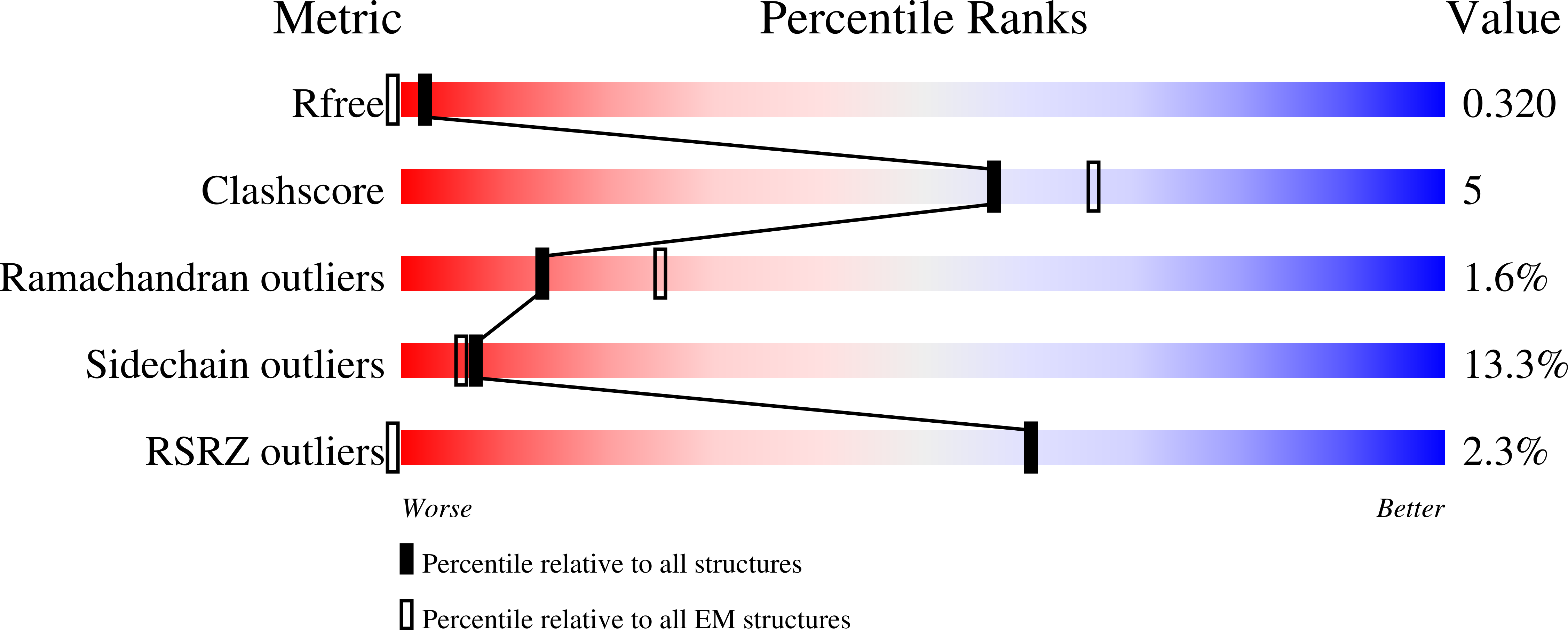
Deposition Date
2023-03-02
Release Date
2023-09-20
Last Version Date
2024-11-06
Entry Detail
PDB ID:
8CPC
Keywords:
Title:
3D electron diffraction structure of Hen Egg-White Lysozyme from nano-crystals obtained by high pressure freezing and cryo-sectioning
Biological Source:
Source Organism:
Gallus gallus (Taxon ID: 9031)
Method Details:
Experimental Method:
Resolution:
2.91 Å
R-Value Free:
0.29
R-Value Work:
0.20
Space Group:
P 43 21 2


